Around Polset

SAINT-ANDRE
Around Polset
Easy
4h30
5,7km
+303m
-301m
Return
Embed this item to access it offline
"
The richness and diversity of its flora and fauna are not the only attraction of the Polset valley. Here you enter the line of juxtaposition between two major geological domains, the ""coal” Vanoise on the right bank and the ""crystalline"" Vanoise, separated by what the geologists call ""the scar of Chavière” (fault line). Allow yourself to be swept away by the millennia until you tread upon the ancient sand of the Vanoise beaches!"
The richness and diversity of its flora and fauna are not the only attraction of the Polset valley. Here you enter the line of juxtaposition between two major geological domains, the ""coal” Vanoise on the right bank and the ""crystalline"" Vanoise, separated by what the geologists call ""the scar of Chavière” (fault line). Allow yourself to be swept away by the millennia until you tread upon the ancient sand of the Vanoise beaches!"
Description
"From Polset car park, follow the road, cross the bridge and continue for 150 m. Take the track on the left which leads to the hamlet of Polset. After the section where the houses are closely spaced, take the path on the right which climbs into a mountain pasture area. This path is indicated by a sign post reading ""Lac de la partie"". Pass between 3 houses. Continue on for 500 m until you reach the edge of the forest. Make the first U-turn here. Return to the intersection between the trail and the track. Turn to your right. Follow the track for 1.75 km until a small EDF dam. Make the second and last U-turn here. Retrace your steps for 1.4 km. Just before the trail gœs back up, turn right onto a less defined track. Walk on up to the houses (2 buildings) at the end of the track. Pass below the buildings. Join the trail on the left of the buildings a little further below and turn left. Descend this trail until road D 106. Return to Polset car park."
- Departure : Car park, Polset
- Arrival : Car park, Polset
- Towns crossed : SAINT-ANDRE and MODANE
Forecast
Altimetric profile
Recommandations
Pyrenean Mountain Dogs present. Respect the pasturelands. Walking shœs required.
Information desks
Maison Cantonale, 9 Place Sommeiller, 73500 Modane
Transport
"Rail connection to Modane. Information: www.voyages-sncf.com
Then transport by coach to Villarodin. Information: www.transavoie.com
No public transport between Villarodin and Polset car park.
Suggested hitchhiking organised in the Haute-Maurienne valley. Information: www.rezopouce.fr"
Then transport by coach to Villarodin. Information: www.transavoie.com
No public transport between Villarodin and Polset car park.
Suggested hitchhiking organised in the Haute-Maurienne valley. Information: www.rezopouce.fr"
Access and parking
"From Modane railway station, join the village of Freney by the D 1006. At the roundabout just after the sign for ""Le Freney"", take the D 215 towards Saint-André. At the entrance of the village of Saint-André, follow the road D 215 towards ""La Praz"", ""L´Orgère"". This road comes out into a hairpin turn. Follow the D 215 towards “L´Orgère”. At the next intersection go straight ahead to the D 106 towards ""L´Orgère"", ""Le col"". Follow the D 106 to Polset car park located below the hamlet of Polset, just before a small bridge."
Parking :
Car park, Polset
Accessibility
1 disabled parking space
- Emergency number :
- 114
10 points of interest
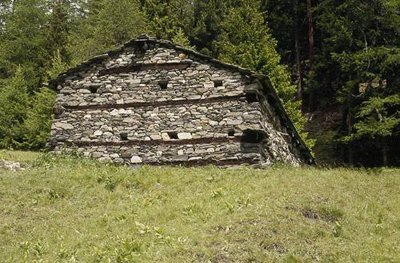
Chalet d'alpage avec linteaux en bois. Polset, Modane. - PNV - MOLLARD Maurice  Architecture
ArchitectureHamlet of Polset
The climate and local materials have brought about a special know-how in the construction of buildings, which are built on an East-West orientation, supported and well hung on the slope. The buildings take advantage of existing boulders and natural hollows to provide shelter from avalanches and the wind. In Polset, an interesting fact is that the builders combined both stone and wood. Beams embedded in the masonry form a chain that surround the building to strengthen its cohesion.
Troupeau de brebis en alpage. - PNV - GOTTI Christophe  Pastoralism
PastoralismPasture land
The Vanoise is also an agricultural land. This pasture is currently used by sheep in the summer. These sheep are transhumant originating from the south of France. This pastoral vocation is old and the chalets are proof of it. Carrying on this activity is important for keeping the open spaces that are habitats for many species.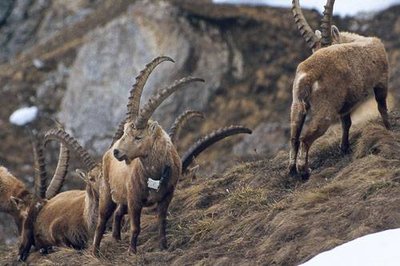
Harde de bouquetins mâles. - PNV - CHASTIN Alain  Fauna
FaunaWintering grounds of the chamois and ibex
Thanks to their southern exposure and their steep declivity, the slopes above the hamlet of Polset are replete with chamois and ibex during the winter months. The steep terrain and its predominantly southern exposure facilitate the clearance of snow and allow the ungulates to quickly find the grass that is vital to their winter survival.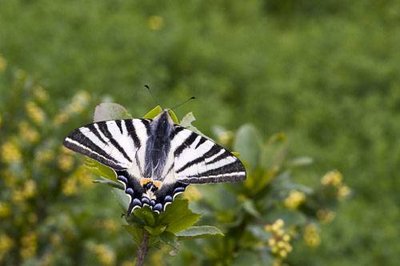
Flambé sur une Èpine vinette. - PNV - LACOSSE Pierre  Fauna
FaunaThe scarce swallowtail
Large, generally pale yellow with black stripes that cut through its wings, it is easy to spot even in full flight. It tends to hover in flight. A beautiful butterfly that can’t be missed, it loves warm, herbaceous and slightly bushy areas with rocky outcrops. The Polset valley has a wealth of assets to welcome this butterfly.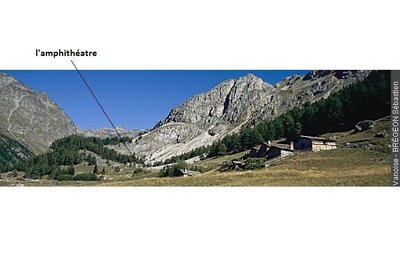
 Geology
GeologyThe amphitheatre
First stop to observe the “stones”. Strata are visible, so we have a sedimentary rock. 300 million years ago a chain of mountains covered what was to become France. Eroded, it left space for a warm, shallow sea. At the bottom of this sea, the sediments were deposited and our rock began to form between -240 and -233 million years. In 7 million years a rock thickness of about 150 m was created. We can only see about 5 metres here. It is grey limestone. The uplift of the Alps 80 million years ago moved and carried this rock to where we walk today.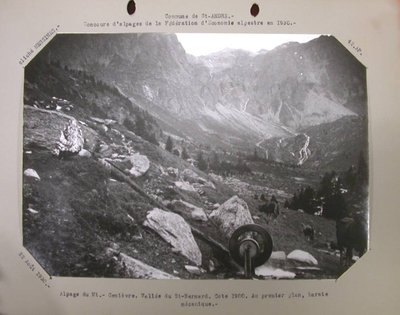
Vue sur le vallon de Saint-Bernard (1930) - Messines RTM-ONF Chambéry  Viewpoint
ViewpointView over the Valley of Saint-Bernard
Although it is better maintained than agriculture which has been challenged by the slope and fragmentation of the land parcels, pastoralism has receded. The grasslands retreat before the green alders and spruces, while the on-site mechanical installations, such as the old churn, made mobile or taken further down the mountains within streamlined fixed operating units, are disappearing.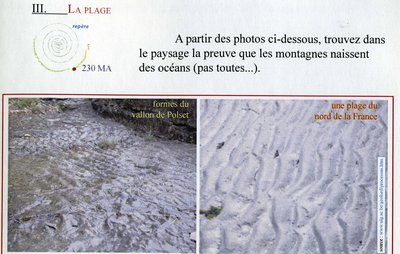
 Geology
GeologyThe beach
Look at the rocky slabs on the left as you descend the track. These are undulated like the sandy beaches by the sea. Not surprisingly, it was actually the sand from a beach that gave birth to this rock. Its undulations have remained intact despite its transformation into rock. Several million years ago, this was the site of a beach.
Le vallon de Polset drainé par le Ruisseau de Saint Bernard. - PNV - LACOSSE Pierre  Geology
GeologyThe Chavière accident
Ÿou are not witnessing a pile-up of vehicles but a pile-up of two geological formations of different ages. Looking north, on your left, is the coal-shale part of the Vanoise with dark rocky cliffs (rocks dating from -360 to -295 million years). To the left, beyond the summit of the Schwarzhorn is the “crystalline” Vanoise, which is not visible from this point. The Schwarzhorn is located between these two formations.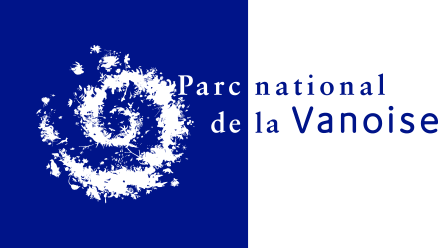
 Know-how
Know-howAn EDF dam
This water intake collects part of the waters of the St. Bernard rivulet, which come from the melting of the Chavière glacier. Once collected, this water is sent to the Plan d´Aval reservoir several kilometres away by means of underground pipes. The construction of these tunnels required an enormous amount of work. The water stored at Plan d´Aval is then sent to the Avrieux hydrœlectric power production site.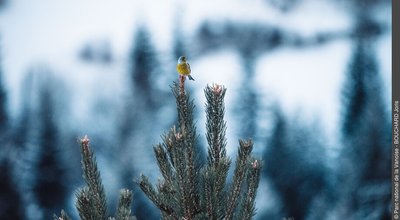
Le Venturon montagnard - Joris BOUCHARD  Fauna
FaunaThe Citril finch
The Vanoise has about 200 species of birds. This species inhabits the area between the mountain and sub-alpine environment and on the edge of the forest. It particularly likes coniferous forests. Polset is therefore the ideal environment. Its name evokes the colour green. The Citril comes from Provençal which derives from Verduron. The bird is predominantly green with yellow plumage. The Citril finch observing altitudinal seasonal migrations. They are a delight to find in springtime in Polset.
